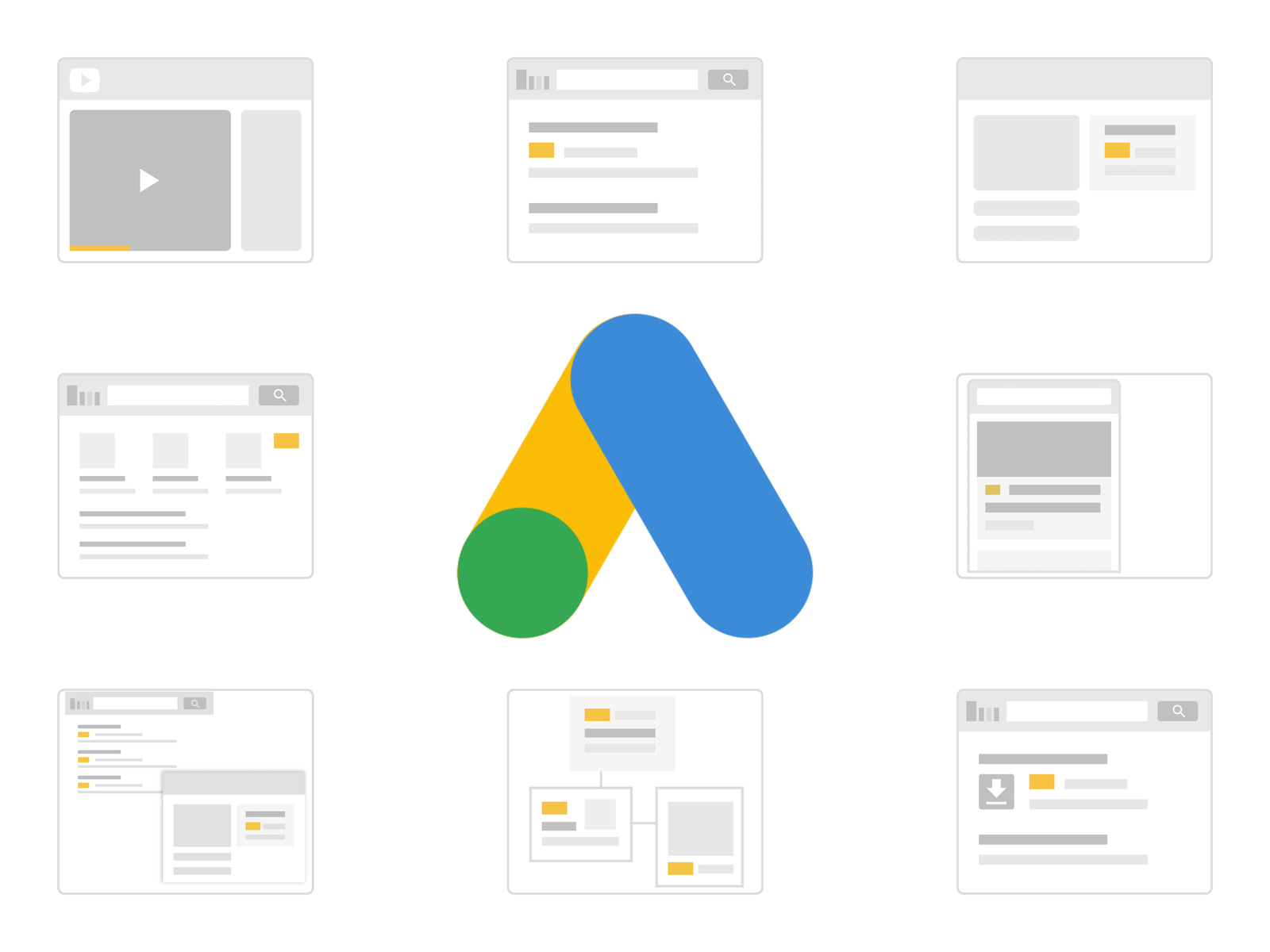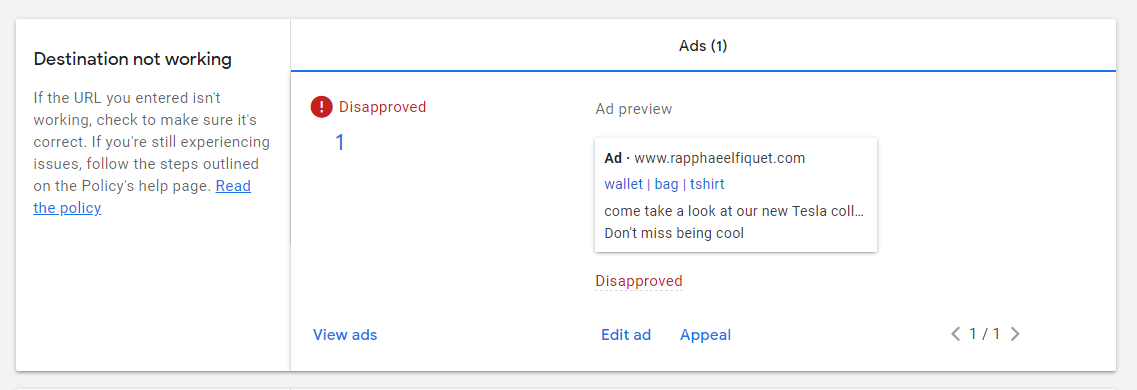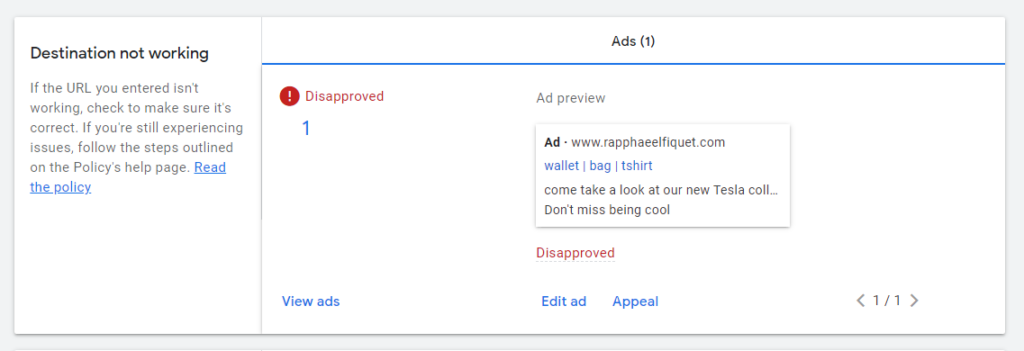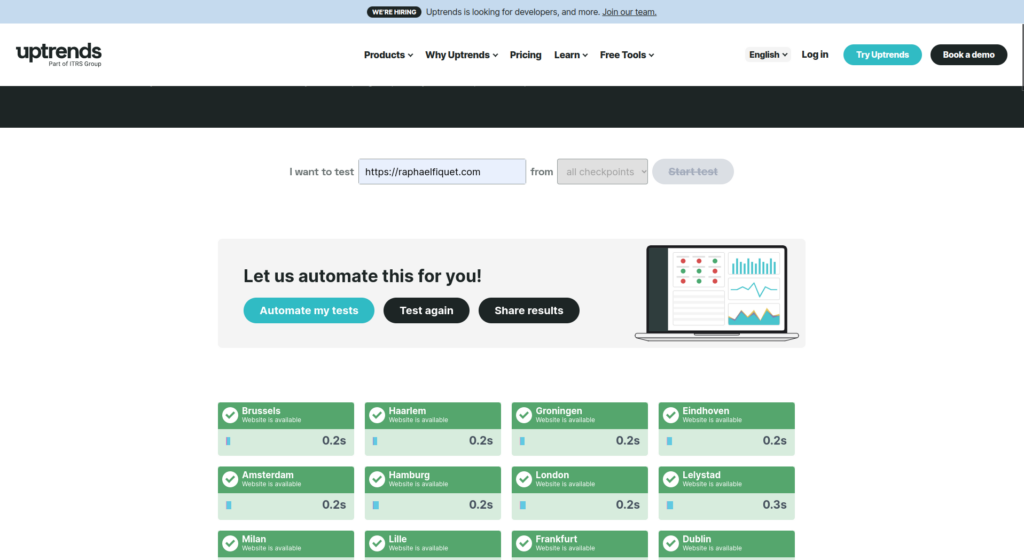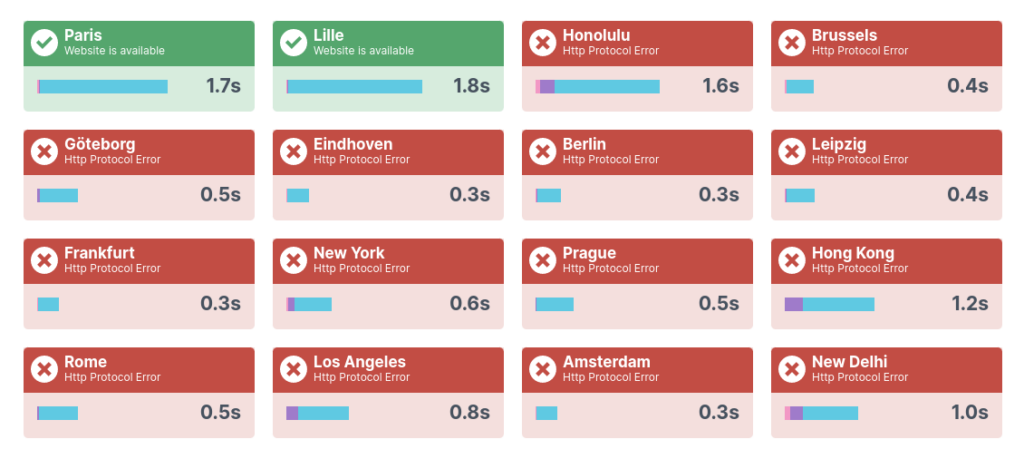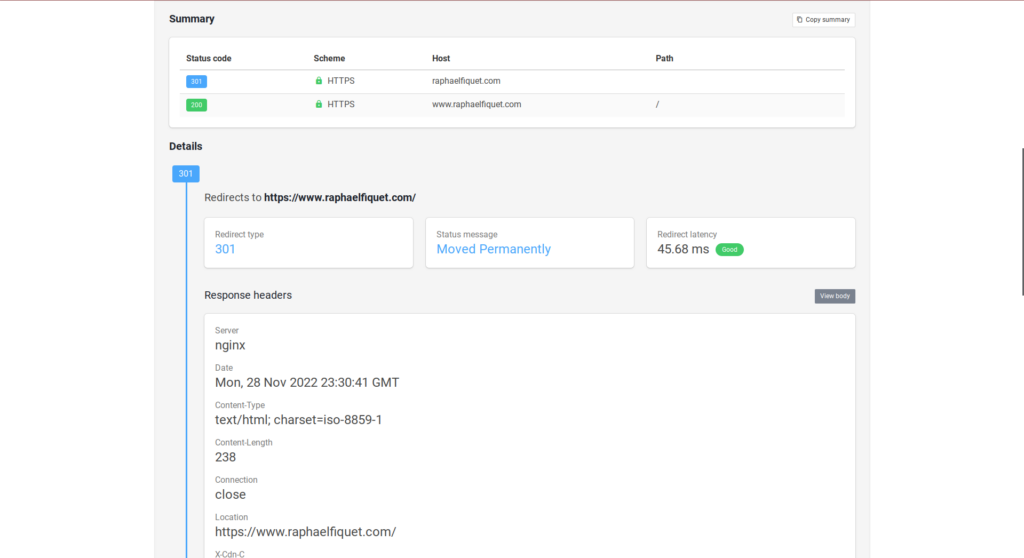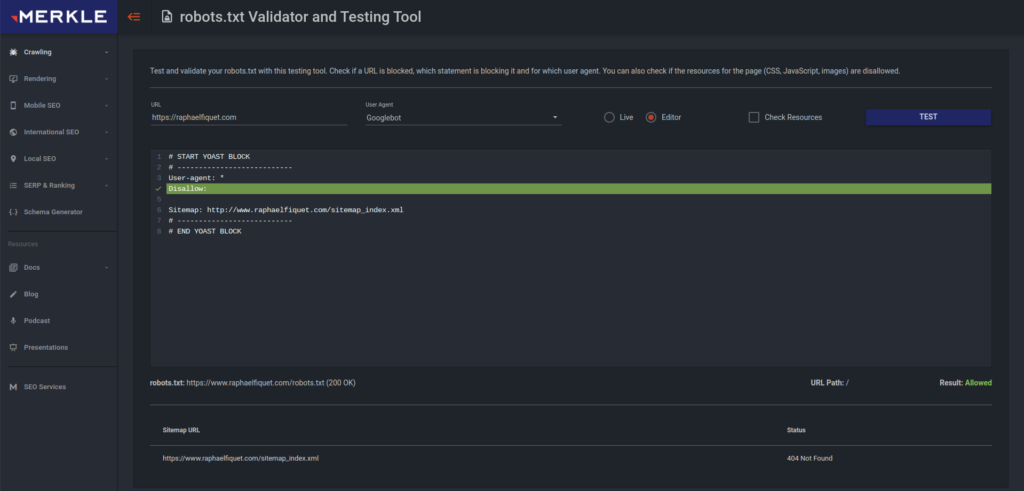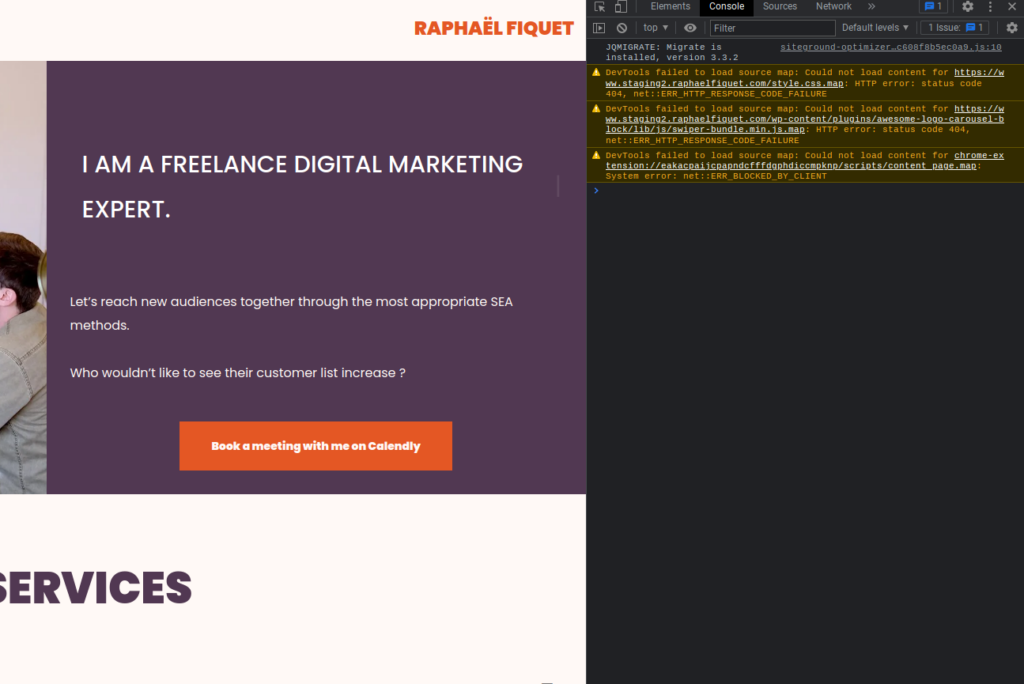Understanding Google Ads Campaign Types
Google Ads is a powerful tool for businesses to reach their target audience and increase conversions. However, it’s important to understand the different campaign types available in order to maximize your advertising efforts.
Search campaigns are the most common type of Google Ads campaign, where ads appear at the top of search engine results pages based on relevant keywords. Display campaigns allow you to showcase your ads on websites within Google’s network that match your target audience.
Shopping campaigns are ideal for e-commerce businesses looking to promote their products directly in search results with images and prices. Video campaigns can be used for promoting video content on YouTube or other video platforms.
Finally, there are also App campaigns and Smart campaigns which use machine learning algorithms to optimize ad delivery across multiple channels.
By understanding these different campaign types and selecting the right one for your business goals, you can create effective advertising strategies that drive traffic and conversions.
Search: Targeting the Right Audience
Search campaigns are one of the most popular types of Google Ads campaigns. They allow advertisers to target potential customers who are actively searching for specific keywords related to their products or services.
To create a successful search campaign, it’s important to target the right audience. This means selecting relevant keywords that match what your potential customers are searching for and creating ad copy that speaks directly to their needs and interests.
According to a study by WordStream, businesses that use targeted keywords in their ads see an average click-through rate (CTR) of 3.7%, compared to just 1.9% for non-targeted ads.
To further refine your targeting, you can also use audience targeting options such as demographics, location, and device type. For example, if you’re a local business targeting customers within a specific area, you can set your ads to only show up for users within that location.
By using these tactics and continually monitoring and optimizing your search campaign performance metrics such as CTRs and conversion rates, you can ensure that your ads reach the right people at the right time with maximum impact on ROI.
Display: Reaching a Wider Audience
Display campaigns are an effective way to reach a wider audience and increase brand awareness. These campaigns allow you to showcase your ads on various websites, mobile apps, and video platforms across the internet.
According to Google, display campaigns can reach over 90% of global internet users. This means that you have the potential to reach millions of people with your ads. Additionally, display campaigns can be targeted based on demographics, interests, behaviors, and more.
One study found that display advertising can increase website traffic by up to 300%. This is because these ads are visually appealing and catch the attention of users as they browse online.
To create successful display campaigns, it’s important to use eye-catching visuals and compelling ad copy. You should also consider using retargeting tactics to show your ads to people who have already interacted with your brand in some way.
Overall, if you’re looking for a way to expand your reach and increase brand awareness online, display campaigns are definitely worth considering as part of your digital marketing strategy.
Video: Engaging with Visuals
Video campaigns are a powerful way to engage with your audience and showcase your brand. With Google Ads, you can create video ads that appear on YouTube and other websites across the web.
According to a study by HubSpot, 54% of consumers want to see more video content from brands they support. This means that incorporating video into your advertising strategy can help you reach more potential customers.
When creating a video campaign, it’s important to keep in mind the different types of ad formats available, such as TrueView in-stream ads or bumper ads. Each format has its own unique benefits and targeting options.
One advantage of using video campaigns is also the ability to target specific audiences based on demographics or interests. For example, if you’re promoting a new makeup line for women aged 18-24 years old, you can target this group specifically through demographic targeting options.
Another benefit is the ability to track engagement metrics such as views, clicks-through rates (CTR), view-through rates (VTR), and conversions. This data allows advertisers to optimize their campaigns for better performance over time.
In conclusion, incorporating videos into your advertising strategy can be an effective way to engage with potential customers online. With Google Ads’ various ad formats and targeting options available for Video Campaigns
It’s worth considering adding them into your marketing mix!
Shopping: Promoting Your Products
Shopping campaigns are a type of Google Ads campaign that allows businesses to promote their products directly on Google’s search results page. These campaigns are ideal for e-commerce businesses looking to increase their online sales.
With shopping campaigns, you can showcase your products with images, prices, and other relevant information. This makes it easier for potential customers to find what they’re looking for and make a purchase.
According to Google, advertisers who use shopping ads see an average increase in website traffic of 45%. Additionally, these ads have a higher click-through rate than traditional text-based ads.
To get started with shopping campaigns, you’ll need to create a product feed that includes all the relevant information about your products. This feed will then be used by Google Ads to display your products in search results.
It’s important to optimize your product feed by including high-quality images and accurate descriptions. You should also regularly review and update your feed as needed.
Overall, shopping campaigns can be an effective way for e-commerce businesses to reach new customers and drive sales through targeted advertising on Google’s search results page.
App: Driving App Installs
App campaigns are a specific campaign type of Google Ads campaign that helps businesses drive app installs and engagement. With over 2 million apps available on the Google Play Store alone, it can be challenging for businesses to stand out and attract users to their app.
Using app campaigns, businesses can create ads that appear across various Google platforms such as Search, YouTube, and the Display Network. They encourage users to download or engage with an app by showcasing its unique features and benefits.
According to a study by Think With Google, businesses using App campaigns saw a 140% increase in conversions compared with other types of mobile ad formats. Additionally, these campaigns have been found to deliver high-quality installs at lower costs than traditional advertising methods.
To get started with creating an effective App campaign, it’s important for businesses first define their goals and target audience. They should also ensure that their landing page is optimized for mobile devices and provides clear information about the benefits of downloading or engaging with their app.
Overall, App campaigns offer a powerful way for businesses looking to drive more downloads and engagement for their apps. By leveraging advanced targeting capabilities along with compelling ad creative messaging, they can reach potential customers at scale while keeping costs low compared against other forms of advertising spend like TV commercials which may not even reach your intended audience!
Smart Campaigns: Simplifying Your Advertising
Google Ads offers a variety of campaign types to help businesses reach their advertising goals. One such type is Smart Campaigns, designed to simplify the advertising process for small businesses with limited time and resources.
Smart Campaigns use machine learning technology to create ads tailored to a business’s specific goals and target audience. They also automate ad placement across Google’s network of websites, apps, and search results pages.
According to Google, businesses using Smart Campaigns have seen an average increase in conversions by 20%. This is because the campaigns optimize themselves over time based on performance data.
To get started with Smart Campaigns, all a business needs is a website or Facebook page. From there, they can choose from different ad formats such as text ads or image ads and set their budget and targeting preferences.
Overall, Smart Campaigns offer an easy way for small businesses to advertise online without having extensive knowledge of digital marketing. With its automated features and proven success rates, it’s worth considering for any business looking to expand its online presence.
Performance Max: Automated conversions
The Performance Max is a new campaign type in Google Ads that uses machine learning to optimize your ads for conversions across multiple channels. This campaign type allows you to reach potential customers on YouTube, Gmail, Discover, and other Google properties.
With Performance Max campaigns, you can set up automated bidding strategies that adjust bids based on the likelihood of conversion. Your ads will be shown to people who are most likely to take action based on their past behavior.
According to Google’s internal data, advertisers using Performance Max have seen an average increase of 30% in conversions at a similar cost per acquisition compared to other campaign types.
To get started with Performance Max campaigns, you’ll need a website with conversion tracking set up. You’ll also need high-quality creative assets such as images and videos for your ads.
Overall, Performance Max is an excellent option for businesses looking to maximize their conversions across multiple channels while minimizing manual optimization efforts.
Discovery: Discovering your product
Discovery campaigns are a type of Google Ads campaign that helps businesses reach potential customers who may not be actively searching for their products or services. These campaigns use machine learning to show ads to people who are likely to be interested in what the business has to offer.
Discovery campaigns can appear on YouTube, Gmail, and the Discover feed on Google’s mobile app. They allow businesses to showcase their products or services through visually appealing ads that blend seamlessly with the user’s browsing experience.
According to Google, Discovery campaigns have shown a 47% lower cost per conversion compared to other display campaigns. This is because they target users based on their interests and behaviors rather than just keywords.
To create a successful Discovery campaign, businesses should focus on creating visually stunning ads that capture the attention of potential customers.
Overall, Discovery campaigns can be an effective way for businesses to expand their reach and discover new customers who may not have found them through traditional search advertising methods.
You can find instructions to setup these campaigns in this Google Ads support article.

